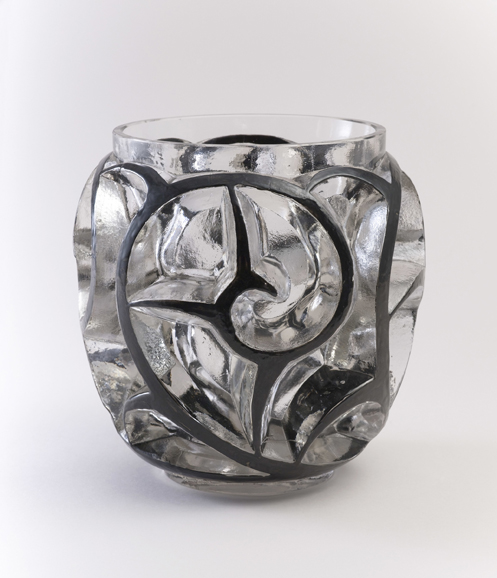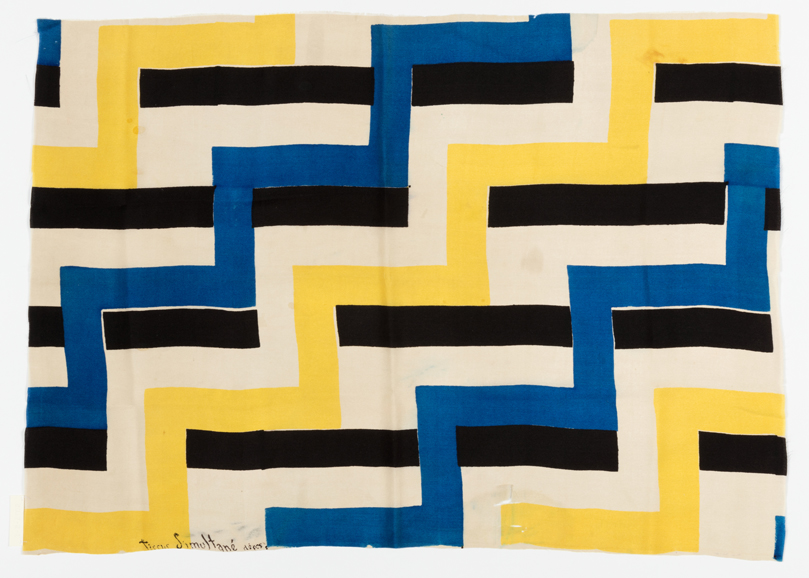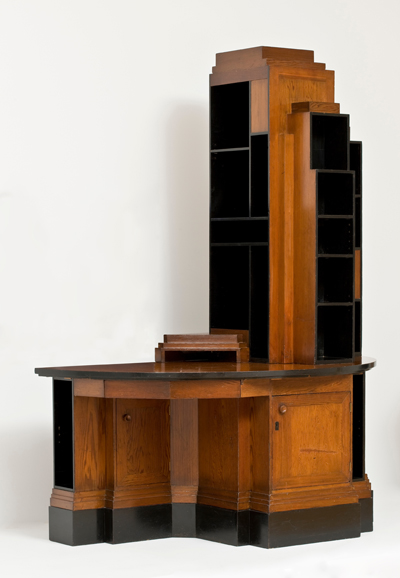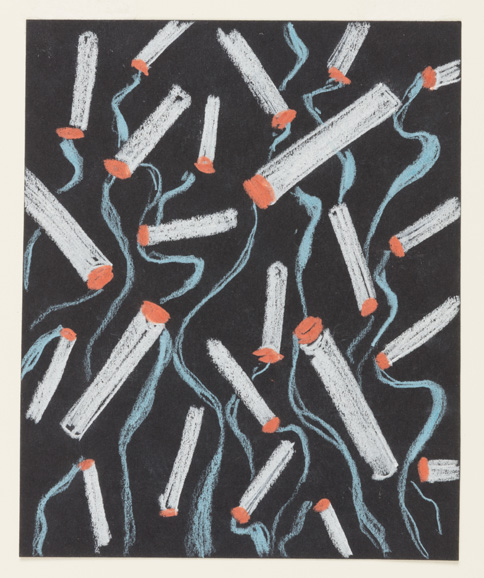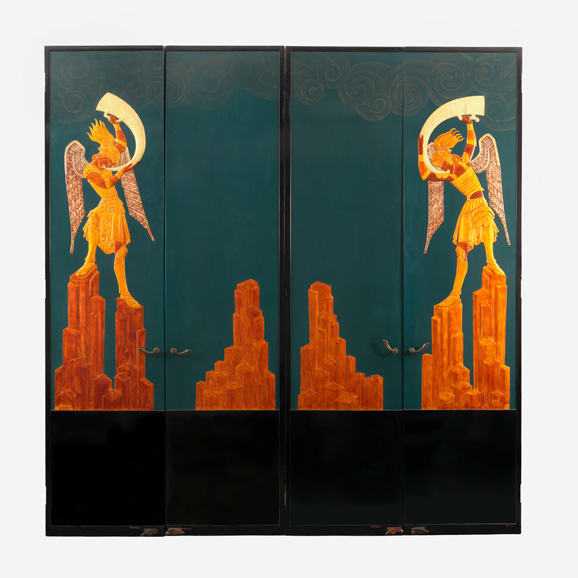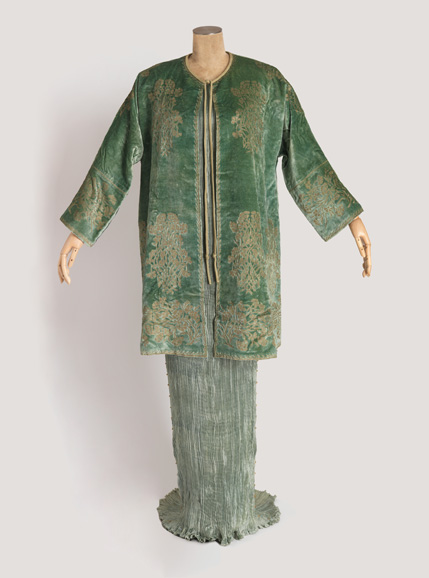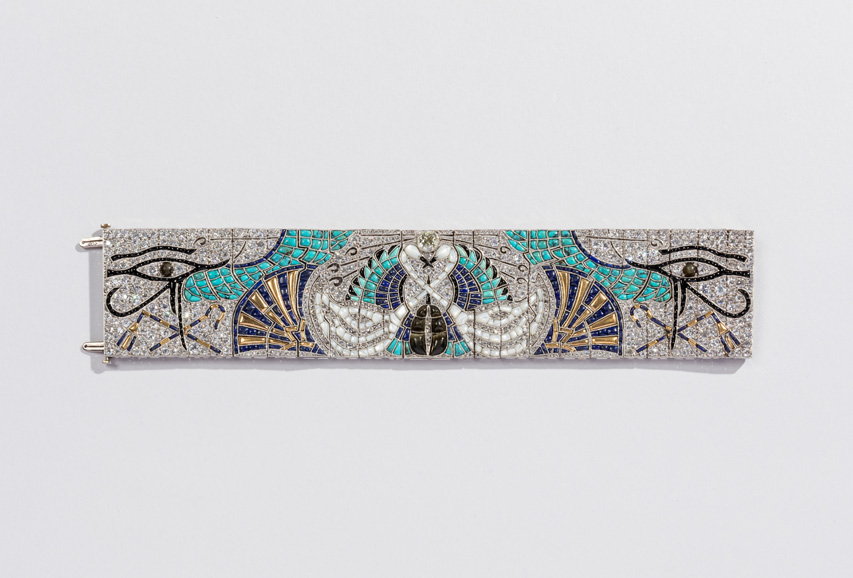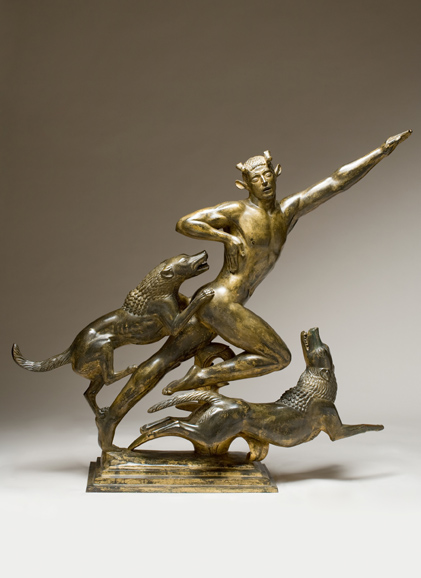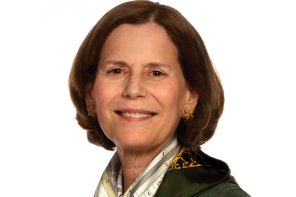Calling all flappers and their sheiks.
Something’s coming to town that promises to be the bee’s knees, the cat’s meow and really just swell. OK, we’ll drop the period slang. It’s just a reflection of how much we’re stuck on “The Jazz Age: American Style in the 1920s.”
Set to open April 7 at Cooper Hewitt, Smithsonian Design Museum in Manhattan, it’s billed as the first major museum exhibition to focus on American taste in design during that vibrantly creative decade of nearly a century ago.
The showcase, co-organized by Cooper Hewitt and The Cleveland Museum of Art, will feature more than 350 works representing architecture, interior design, decorative art, jewelry and fashion, music and film.
Organized by Sarah Coffin, curator and head of product design and decorative arts at Cooper Hewitt, and Stephen Harrison, curator of decorative art and design at the Cleveland museum, “The Jazz Age” is expected to be a must-see show.
“We certainly hope so — and we think so,” Coffin says. “I will say that there is a broad appeal of this period.”
The decade was a groundbreaking time for art and design, she says, with influences traveling back and forth across the Atlantic Ocean — most notably, from Paris, Vienna and Berlin to New York, Chicago and Los Angeles.
With a dazzling array of items drawn from both public and private collections, “The Jazz Age” did prove quite the challenge, with Coffin noting that with such a wealth of materials it was “very difficult to get it under control.”
There were, though, guideposts, including the pivotal Paris Exposition of 1925; the wave of designers from Austria and Germany that came to America after the first World War; and the influx of luxurious fashions, accessories and furnishings purchased on travels abroad.
Influences often crossed genres and fields.
“They were applying their knowledge… relating one design medium to another,” Coffin says of the way creativity crossed boundaries.
She can talk at length about wallpapers and telephone tables, necklaces and skyscrapers, which only serves to whet the appetite further for this step back in time.
At Cooper Hewitt, galleries on two floors will be filled with jewelry, fashion, furniture, textiles, tableware, paintings, posters, wall coverings and architecture that, when taken as a whole, demonstrate the bold colors and forms that came to define the times — with the jazz metaphor used to signify the era’s innovation and also reflect the new American attitude.
“The creative energy is huge — and it’s across the country,” she says, with New York indeed the “port of entry.”
Through “The Jazz Age,” viewers will travel to nightclubs from Paris to Harlem, to the burgeoning world of cinema and even to shop.
“Department stores were a big source of design,” Coffin says, explaining that at the time the major ones in New York carried everything from antiques to modern furniture. Displays will explore how elements of history were reinvented in designs of the day through examples as relatable as tea sets.
The objects in “The Jazz Age” also offer a way to explore society adapting to a new perspective. Women’s fashions and accessories, such as compacts, tell their own stories.
“Women are wearing less structured clothes,” Coffin says of the 1920s.
And, in this era of being what she calls “released from your corsets,” they were doing previously unheard of things such as applying lipstick in public.
“You didn’t do this outside the house,” before then, she says.
Visitors will follow the 1920s story through six themed sections: Persistence of Traditional Good Taste, A New Look, Bending the Rules, A Smaller World, Abstraction and Reinvention and Towards a Machine Age.
The appeal of the era is ongoing.
“There’s no question about it,” Coffin says. By example, she mentions not only the two upcoming movies about Zelda Fitzgerald in the works but also the elaborate exhibition devoted to French designer and architect Pierre Chareau (1883-1950) that continues at the Jewish Museum in New York.
Offering a look into a period of change, of immigration and of the importation of not only objects but also new ideas, “The Jazz Age” — some three years in the making — may just provide a perspective with added, maybe even unexpected, resonance for its contemporary audience.
As Coffin says, “It’s turned out to perhaps be a little more relevant, even than when we started.”
Among the related public programming are events that include a curatorial panel discussion on the exhibition set for April 19; a May 4 talk focusing on fashion; May 18’s walking tour of Harlem, offered in conjunction with The National Jazz Museum in Harlem, a Smithsonian Affiliate; and a May 24 lecture on music from the Jazz Age.
“The Jazz Age: American Style in the 1920s” will run April 7 through Aug. 20 at Cooper Hewitt, Smithsonian Design Museum, at 2 E. 91st St. in Manhattan. It opens Sept. 30 at The Cleveland Museum of Art. For more, visit cooperhewitt.org.

